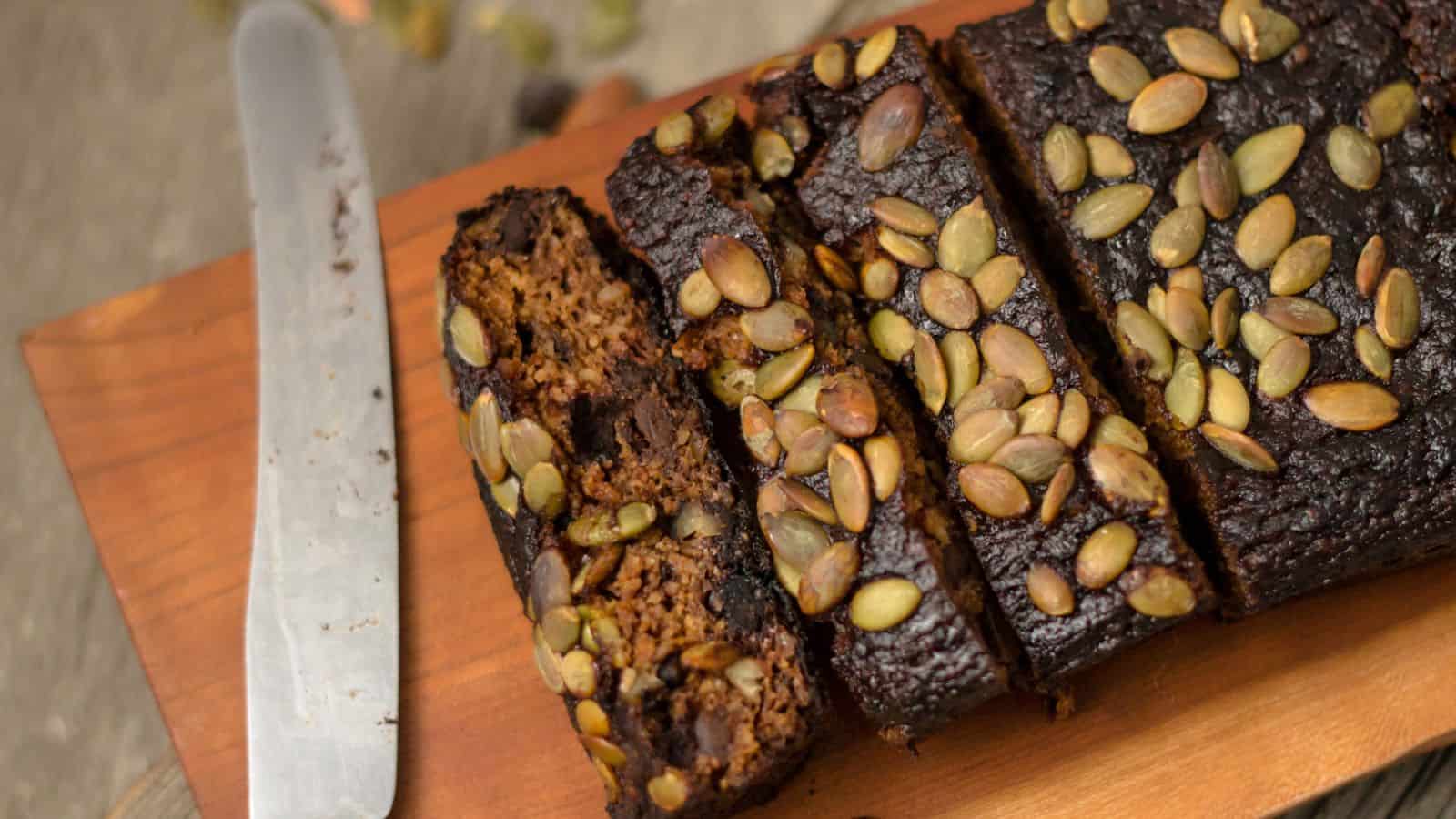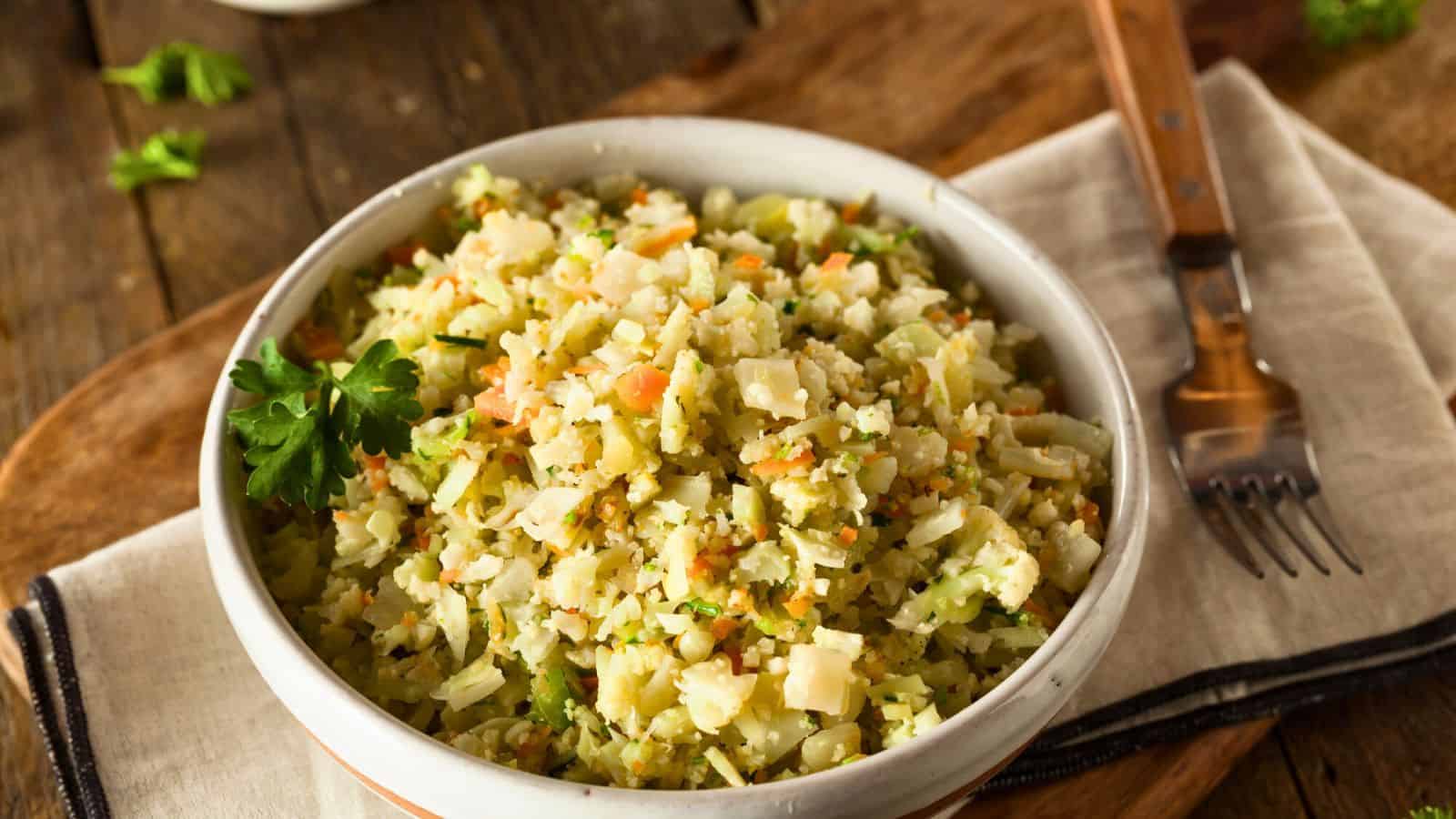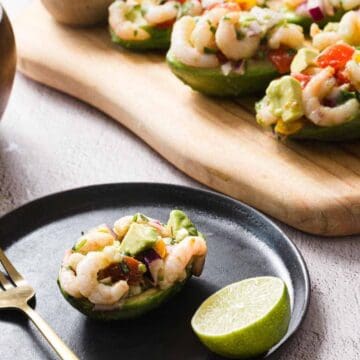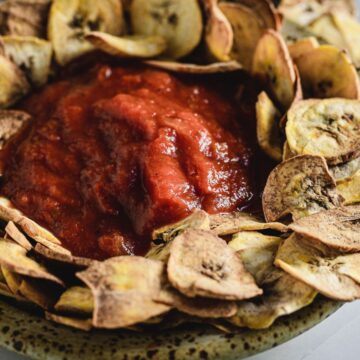Getting kids to eat vegetables can be a challenge, but there are clever ways to incorporate them into meals without fuss. Here are 13 sneaky ways to add vegetables to your kids' meals that can help increase their vegetable intake. These methods range from hiding veggies in favorite dishes to presenting them in fun, appealing ways.
By using these sneaky techniques, parents can boost the nutritional value of meals without causing mealtime battles. Many of these ideas involve blending vegetables into sauces, adding them to baked goods, or disguising them in familiar foods. This approach can help children develop a taste for vegetables gradually and naturally.
Introducing vegetables in creative ways can make mealtimes more fun and less stressful for both parents and kids. These methods can also help expand children's palates and encourage healthier eating habits in the long run. With a little creativity, vegetables can become a regular part of kids' diets without them even realizing it.

Veggie-Packed Smoothies

Blend vegetables like spinach, kale, or carrots into fruit smoothies. The sweet fruits mask the vegetable taste while retaining the nutrients. Start with a small amount of veggies and gradually increase. Use frozen vegetables for a creamier texture. This method works well for breakfast or as a snack, providing a nutrient boost to start the day. Experiment with different combinations to find flavors your kids enjoy.
Vegetable-Based Pasta Sauces

Puree cooked vegetables like bell peppers, zucchini, or carrots into tomato-based pasta sauces. The sauce's color and texture remain similar, but the nutrient content increases significantly. This works well with spaghetti, lasagna, or any pasta dish. The familiar taste of pasta makes it easier for kids to accept. You can also try creamy sauces with pureed cauliflower or butternut squash as a base.
Vegetable-Infused Meatballs or Burgers

Mix finely grated or pureed vegetables like zucchini, carrots, or spinach into ground meat when making meatballs or burgers. The vegetables add moisture and nutrients without significantly altering the taste. This method works well for beef, turkey, or chicken dishes. The familiar form of meatballs or burgers makes the hidden vegetables more acceptable to picky eaters. You can also try this with meatloaf or stuffed peppers.
Veggie-Loaded Muffins or Breads

Incorporate grated vegetables like zucchini, carrots, or pumpkin into muffin or bread recipes. The natural sweetness of these vegetables complements baked goods well. This method is great for breakfast or snacks. The familiar form of a muffin or slice of bread makes the added vegetables less noticeable. You can also try this with pancakes or waffles for a nutritious breakfast option.
Cauliflower Rice

Replace part or all of the regular rice in dishes with finely chopped cauliflower. When seasoned well, it mimics the texture of rice while adding extra nutrients. This works in stir-fries, burrito bowls, or as a side dish. The similar appearance to rice makes it more acceptable to kids. You can also try this with other vegetables like broccoli or carrots for variety.
Vegetable Noodles

Use a spiralizer to create noodles from vegetables like zucchini, carrots, or squash. These can replace or be mixed with regular pasta. The fun shape and texture can make vegetables more appealing to kids. This works well with various sauces or in stir-fries. You can also try roasting the vegetable noodles for a different texture.
Hidden Vegetable Dips

Blend cooked vegetables like roasted red peppers or spinach into dips like hummus or ranch dressing. The familiar taste of the dip masks the vegetable flavor. This works well as a snack with cut vegetables or whole-grain crackers. The dipping process can make eating vegetables more fun for kids. You can also use these veggie-packed dips as spreads for sandwiches.
Veggie-Based Pizza Crusts

Make pizza crusts using cauliflower, zucchini, or sweet potato as a base. The familiar toppings can help kids accept the vegetable-rich crust. This method works well for pizza night or as a fun weekend cooking activity. You can also try this with flatbreads or focaccia for variety. The hands-on aspect of making pizza can increase kids' interest in trying new foods.
Vegetable Chips

Thinly slice vegetables like kale, beets, or sweet potatoes and bake them into crispy chips. The crunchy texture appeals to kids who enjoy snack foods. This works well as a side dish or snack. You can experiment with different seasonings to find flavors your kids enjoy. This method can make trying new vegetables more exciting for children.
Pureed Vegetable Soups

Blend cooked vegetables into smooth soups. The creamy texture can make vegetables more appealing to kids. This works well with a variety of vegetables like carrots, pumpkin, or broccoli. Serve with fun toppings like croutons or cheese to increase appeal. You can also try chilled soups in summer for a refreshing meal option.
Vegetable-Based Popsicles

Blend vegetables like spinach or carrots with fruit to make colorful, healthy popsicles. The sweet fruit flavor masks the vegetable taste. This is great for a summer treat or after-school snack. The fun, frozen form can make eating vegetables more exciting for kids. You can also try this method to make fruit and vegetable jellies.
Veggie-Packed Quesadillas or Grilled Cheese

Add finely chopped or pureed vegetables to cheese fillings in quesadillas or grilled cheese sandwiches. The melted cheese helps mask the texture of the vegetables. This works well for lunch or a quick dinner. The familiar comfort food format makes the added vegetables more acceptable. You can also try this with wraps or paninis for variety.
Vegetable-Based Desserts

Incorporate vegetables like zucchini, beets, or sweet potatoes into desserts like brownies, cakes, or cookies. The natural sweetness of some vegetables complements desserts well. This method works for special treats or occasions. The indulgent nature of desserts can make kids more open to trying vegetables in this form. You can also try vegetable-based ice creams or puddings for a cool treat.
Eat Your Water Through These 15 Hydrating Fruits and Veggies

Stay hydrated and healthy! These fruits and veggies are great for keeping you refreshed, especially on those hot summer days or after a tough workout. They’re not just about hydration; they bring a burst of flavor and a whole bunch of nutrients to the table. Whether you're munching on a juicy slice of watermelon or adding crunchy cucumber to your salad, you're doing your body a favor by staying hydrated and nourished.
Get the Recipe: Eat Your Water Through These 15 Hydrating Fruits and Veggies
15 Foods You Can Eat Without Worrying About Gaining Extra Pounds

Meet your daily calorie count! Feeling like you’re constantly watching what you eat and worried that every bite might add to your waistline? You're not alone. The good news is, there are 15 foods you can eat a lot of without gaining weight. Yes, you heard that right. These foods are low in calories but high in nutrients, making them a great choice for anyone looking to stay healthy and full.
Get the Recipe: 15 Foods You Can Eat Without Worrying About Gaining Extra Pounds






Tell Me What You Think!